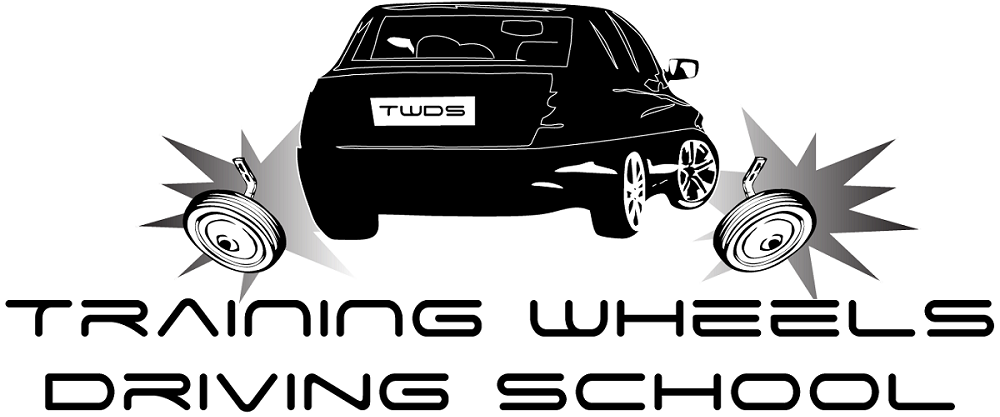What You Should Know About Driving in the True North
If you are planning to visit the country of Canada and driving during your stay up there, it is important to educate yourself on the country’s basic rules of the road. In many cases, driving in Canada is the same as driving in the United States, but there are some fundamental differences that should be noted—for example, how distance and speed are measured as well as some regional driving laws. If you are planning on driving in the True North, here is what you should know.
Requirements for Driving in Canada
In order to drive in the country of Canada, individuals obviously still need to have a valid driver’s license. Driver’s licenses from the United States are considered valid in Canada, but those with driver’s licenses from other countries are encouraged to obtain an international driver’s license. Additionally, drivers need to have proof of car insurance. Again, car insurance provided in the United States is considered valid in Canada, but drivers from other countries should look into alternative forms of insurance.
Basic Rules for Driving in Canada
While there are some basic rules for driving in the country of Canada, it is important to note that some rules vary between territories and provinces. Some of the basic driving rules include the following:
- Cars are required to drive on the right side of the road in all provinces of Canada.
- Seatbelts are required by all passengers inside of the vehicle.
- Metric units are used when denoting speed limits and are usually 100 km/hour on major highways, 80 km/hour on two-lane roads, and 50 km/hour in cities. It also helps to have an idea how miles translate into kilometers.
- Road signs are usually displayed in either French, English, or both languages depending on the territory.
- Laws regarding distracted driving apply in all areas of the country, and cell phones must be “hands free” when driving.
- Smoking is banned in vehicles when minors are present in some areas including British Columbia, Labrador, Ontario, Prince Edward Island, and others.
- Some areas of Canada have HOV, or High Occupancy Vehicle, lanes – these lanes are often found in dense, urban areas that experience heavy amounts of traffic and are reserved for vehicles with two or more passengers.
- Right turns on a red light are allowed in most provinces across the country, but they are not permitted in Montreal.
- Children under 40 pounds are required to use a car seat.
Think you or someone you know is in need of Behind the Wheel Training? Training Wheels is an Ocean City driving school specializing in teaching new teen drivers how to stay safe on the road. For more information on our lessons, please click here.
Copyright: afhunta / 123RF Stock Photo

